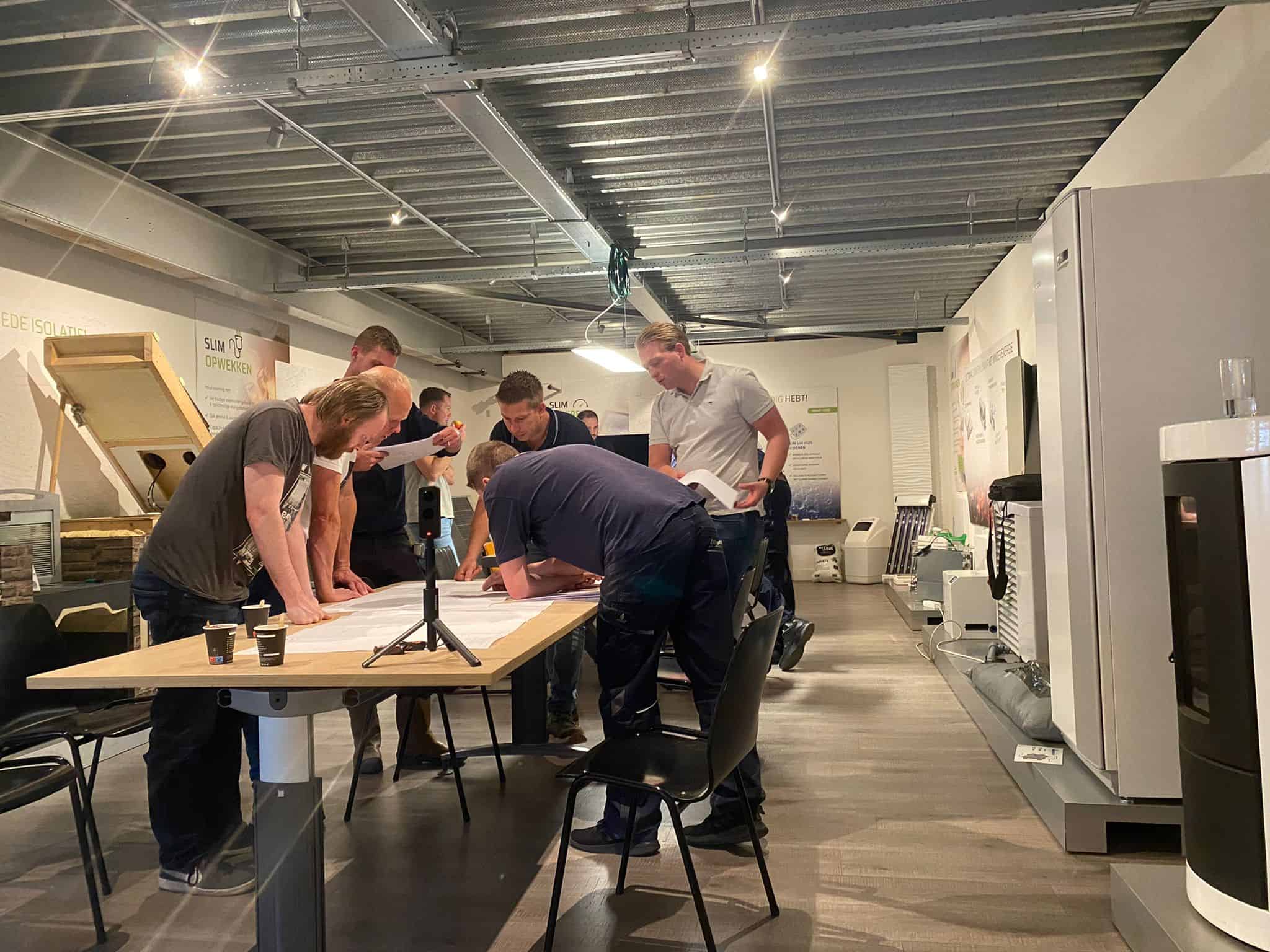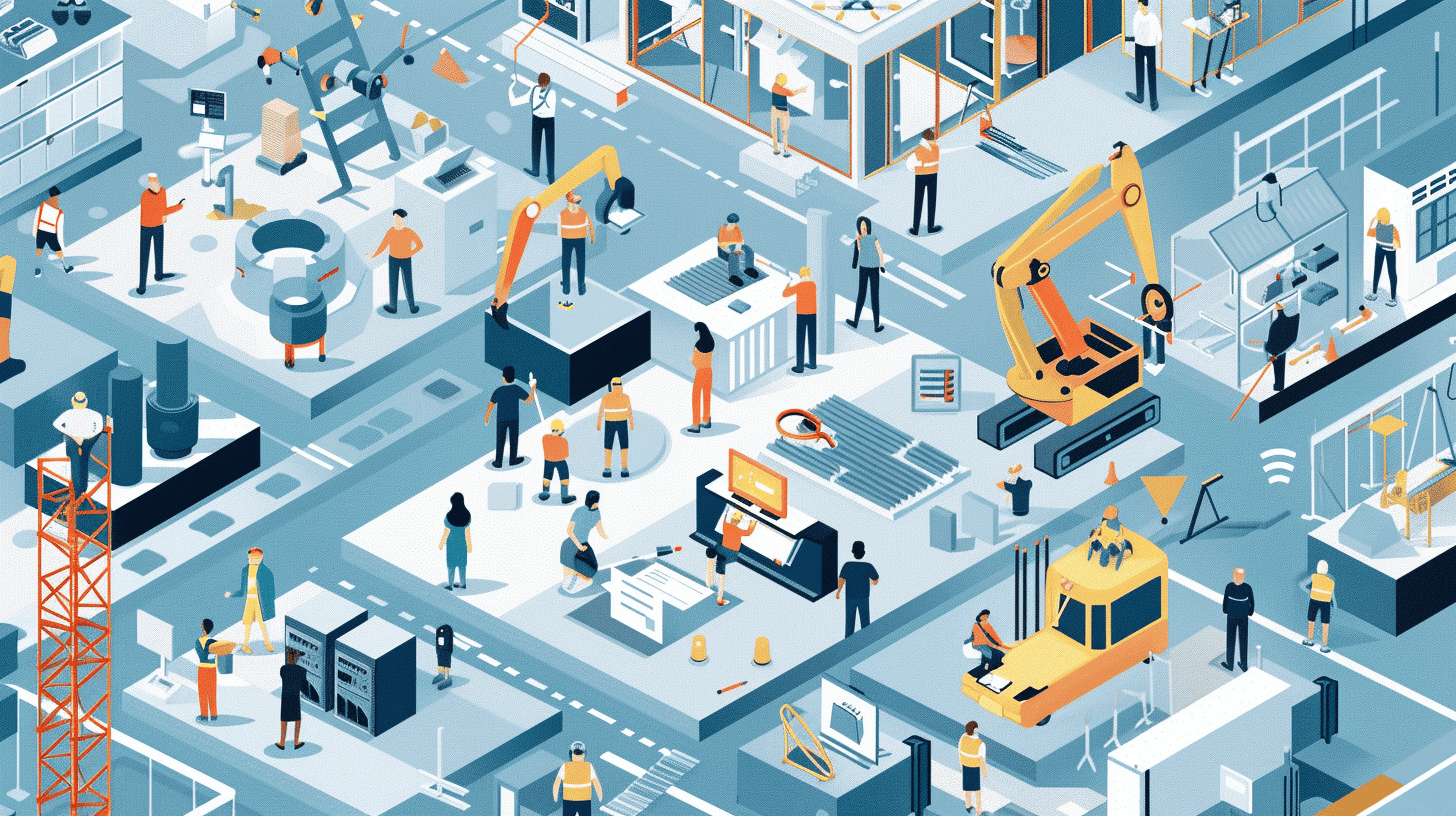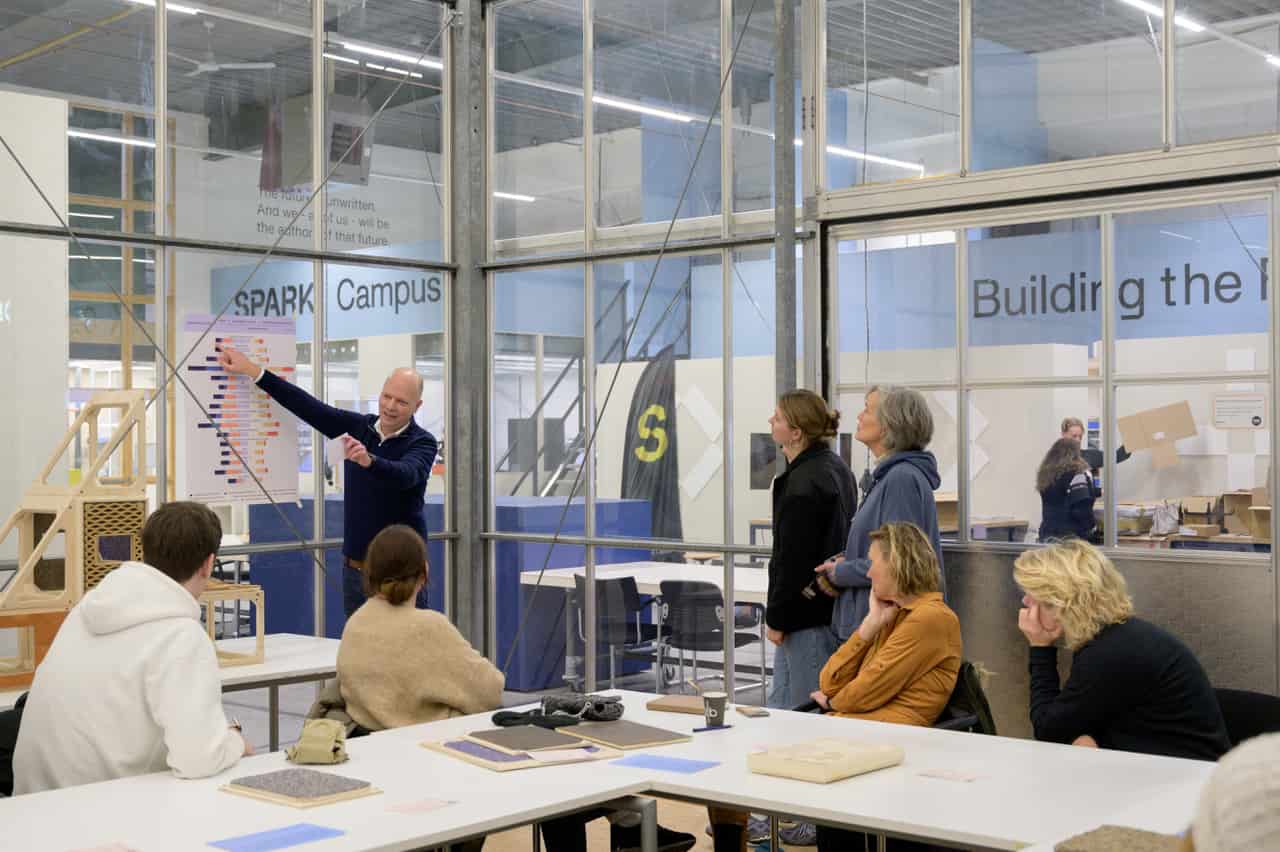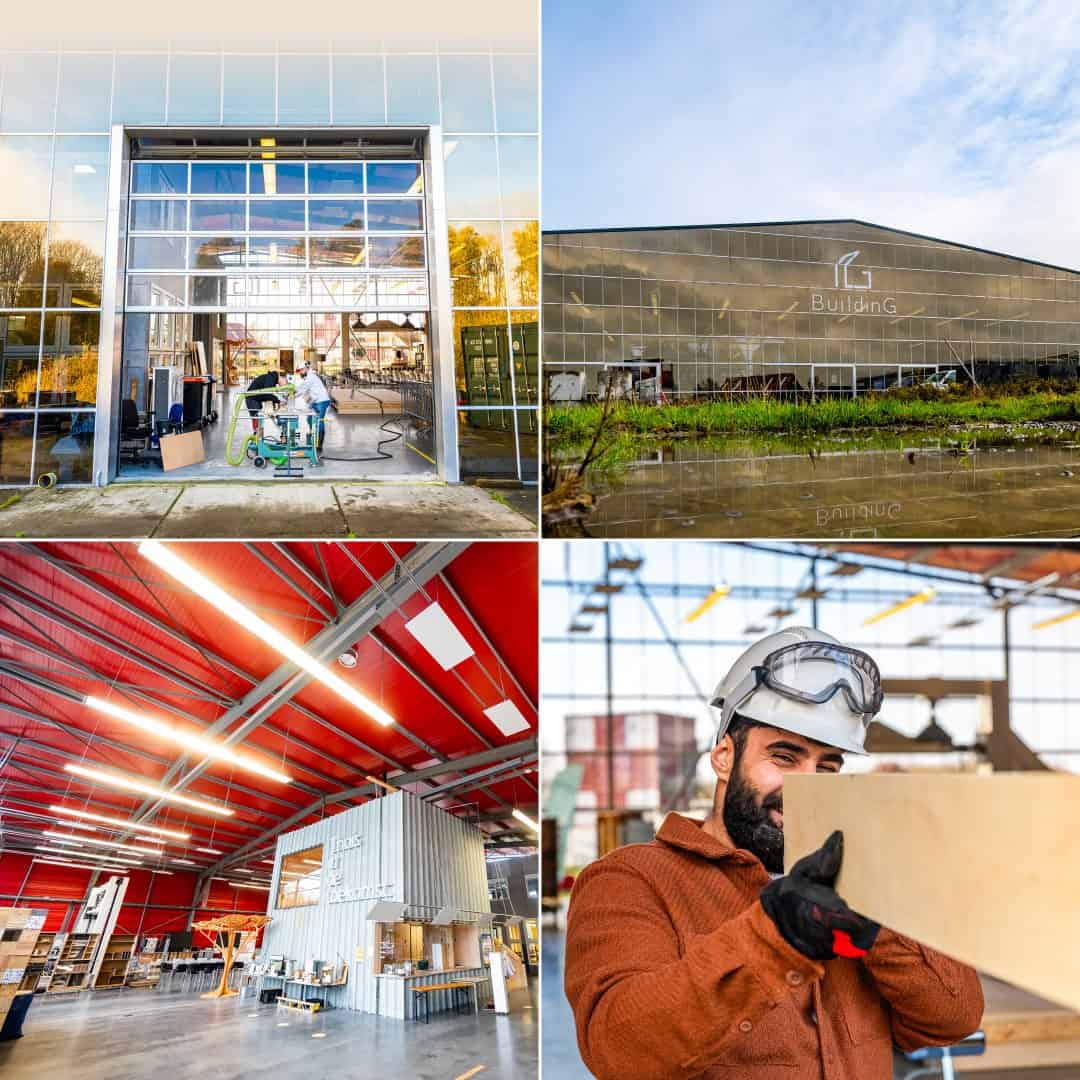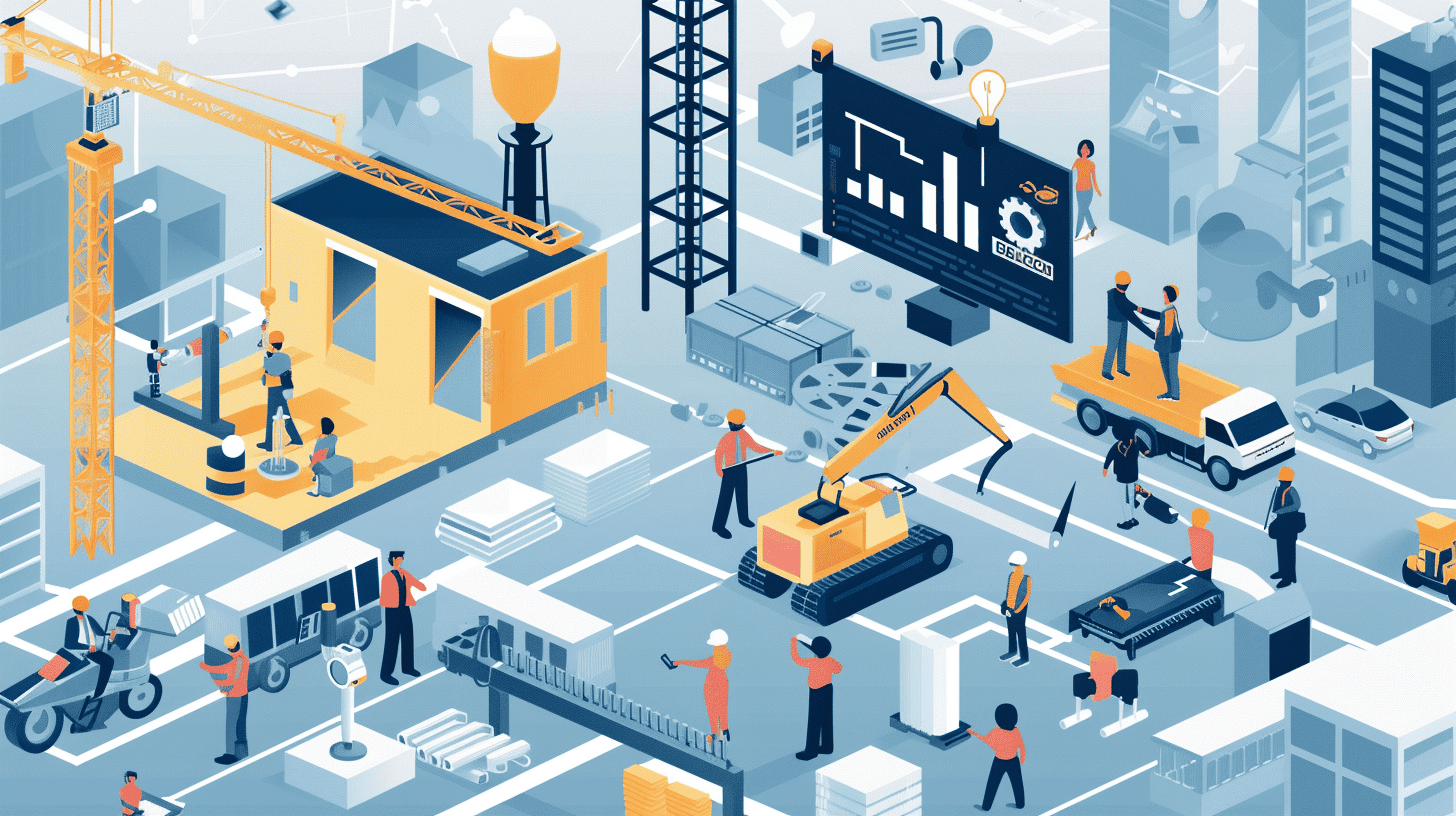
The construction industry is working towards a clean, circular, and future-proof living environment and sector. Both clients and construction companies have to innovate, but they will only succeed in a safe, collaborative culture. “There will always be early adopters, who will be the first to take up innovations. But, if you want a transition to succeed, you must reach the vast majority,” Koos Johannes says. He is a senior researcher at the electorate Management of Cultural Change of the Hogeschool van Amsterdam and was in charge of the research project Culture Influencing that was carried out as part of the program.
The main question of the research is: What does the culture in the construction industry look like? And how can it be influenced so that the transition to a circular, digital construction sector is faster? To answer this, Johannes and his colleagues first took stock of the four regional hubs. They then conducted an in-depth analysis at two hubs – Pioneering (Hub East) and Bouwlab R&Do (Hub West).
Trust as an indispensable condition
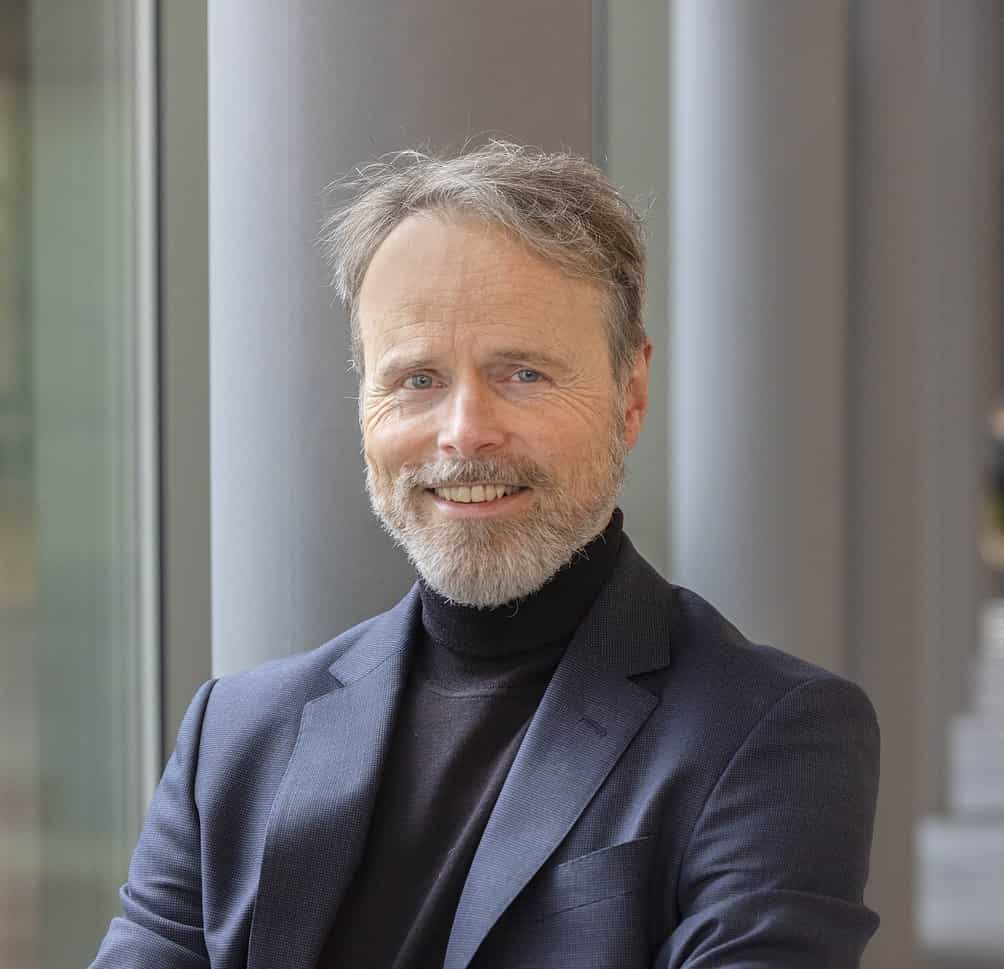
In it, two key points emerged. For example, researchers from the case study at Pioneering in Twente learned that trust in each other’s skills, competencies, and ability to change is an indispensable condition for good collaboration, especially when changes are made. “Suppose a construction company switches from concrete to a lightweight, bio-based material. That requires an adjustment in behavior from the entire chain. From the architect, who has to design differently, to the contractor, who has to buy new machinery to process the material, to the people on the construction site who have to learn to work with the material. That’s not easy because how someone does their job is deeply honed into daily routines.”
To be open to change, the work environment must feel safe enough that people dare to be vulnerable and that there is room to be able to make mistakes. That ideal situation is often at odds with reality, Johannes explains. Construction is a sector with high-performance pressure, where deadlines are the order of the day. Moreover, work is often done on a project basis and with many subcontractors and self-employed workers. The sector needs to be more cohesive, which makes launching systemic innovations complicated.
Regional Building on Human Capital
Construction is innovating to achieve a clean, circular, and future-proof living environment. With the emergence of new technologies such as artificial intelligence, 3D printing, and sustainable concrete, the construction industry is in transition. For these innovations to land successfully in practice, professionals need new skills. With the Regional Building for Human Capital program, TKI Bouw en Techniek, the Top Consortium for Knowledge and Innovation, aims to accelerate the development of these skills among both current and future professionals. An important part of this is the development of a scalable regional approach around Human Capital. After a duration of over a year, the program in its current form is coming to an end. In this series, we take stock and ask the parties involved, including four regional Hubs (North, East, South, and West), about the main results.
Focus on human resources and less complicated regulations
One of the study’s recommendations is that more focus should be on human resources. Johannes: “In construction, we often talk about the ‘physical resources’: concrete, steel, and wood. But we see very clearly that the sector is person-intensive and that mutual relationships between colleagues, contractors, and subcontractors, but also between client and contractor, are very important. Construction is primarily a process of people, so managing people should get more attention.”
The second case was the Living Lab of Bouwlab R&Do in Haarlem. This demo building was built with a reused steel structure and finished with new materials like mycelium. The interviews also revealed that the government plays an important role. “Reusing a dismantled steel structure caused the municipality extra work in issuing the proper permit.”
So, an innovative construction industry also requires a flexible government. Once a reservoir of building plans is created, because all innovations must first be assessed, tested, and analyzed, it establishes a wait-and-see attitude among companies because they don’t know where they stand. Municipalities and regional executive departments could take the initiative to identify and manage the risks of reused structures and materials. In this way, municipalities can make plan review more efficient, give market parties a helping hand, and play a more proactive role in the transition.”
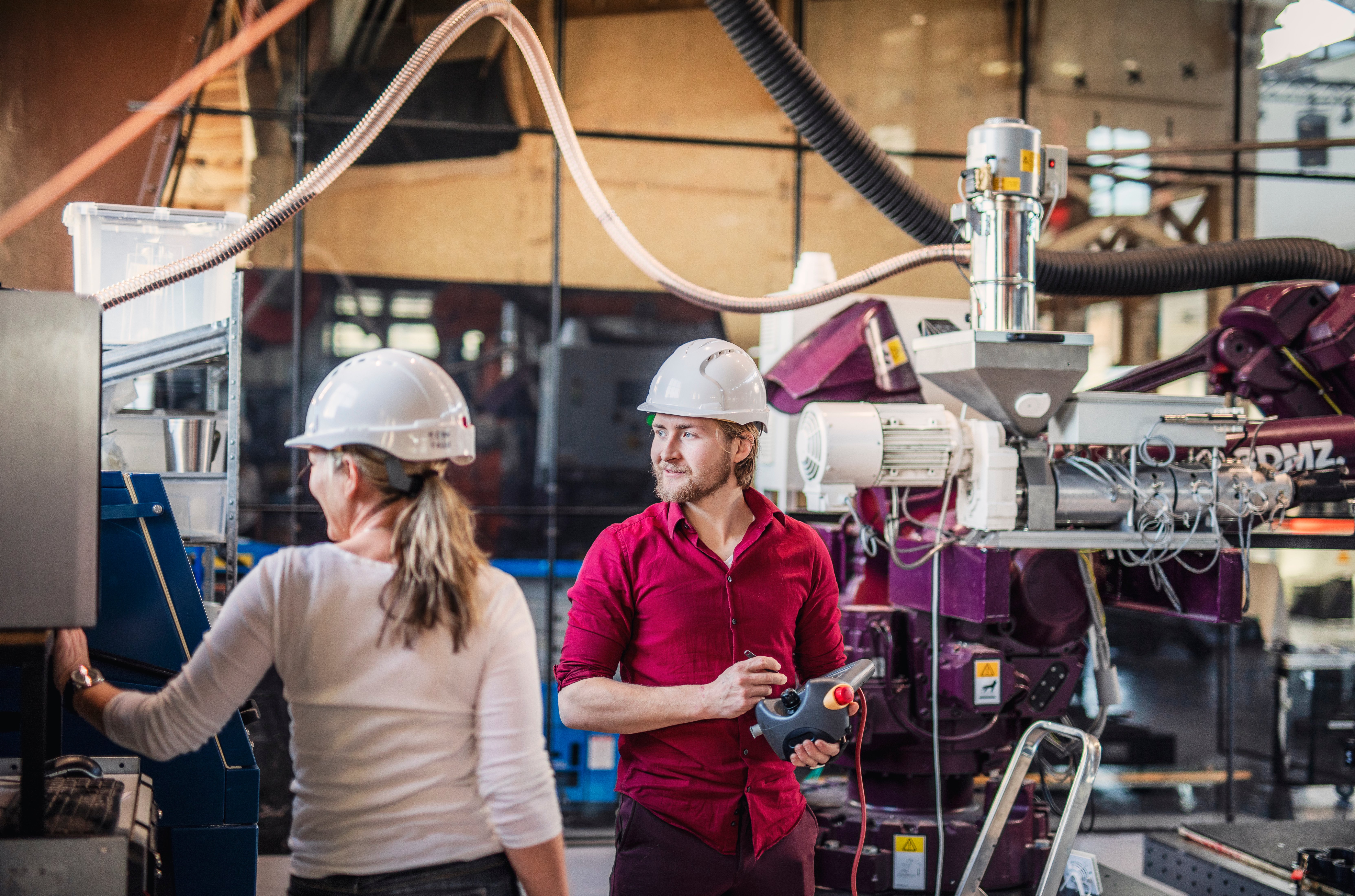
Companies want to change
There is also plenty of hopeful news. As Johannes saw in his research, companies are eager to change. “No one is against a more sustainable industry. But then we have to empower construction to change. That’s the most important message: by listening carefully to what the sector needs, we can help make the change.”
Johannes explains that to take the first steps toward that new culture, it is essential that managers and employees learn to reflect. In the follow-up Toekomstbestendige Leefomgeving project, the researcher will develop an intervention method to help managers and field employees do this. “Discussing your problems goes against the intuition of the construction industry. While people must dare to ask questions when working with a new material or a robot for the first time.” Johannes says Gideon’s transition game also plays a vital role in this. “More than 240 professionals are already participating in this. In the game, employees learn how they can make a difference in the transition by looking differently at themselves and the people they work with.”
“Discussing your problems goes against the intuition of the construction industry. While people must dare to ask questions when they first work with a new material or a robot.”
Koos Johannes
For the self-employed and two-person companies, that mechanism will stay the same for a while. Then, it comes down to professional principalship: principals can force behavioral changes on contractors and subcontractors through their purchasing power and purchasing conditions. Things are different for companies, Johannes argues. “A company can make change-oriented culture a priority of its personnel policy. More and more construction companies are hiring based on a personality test. They select candidates who are communicatively strong and have less difficulty making themselves vulnerable. This is how the industry is changing from the inside out.”



